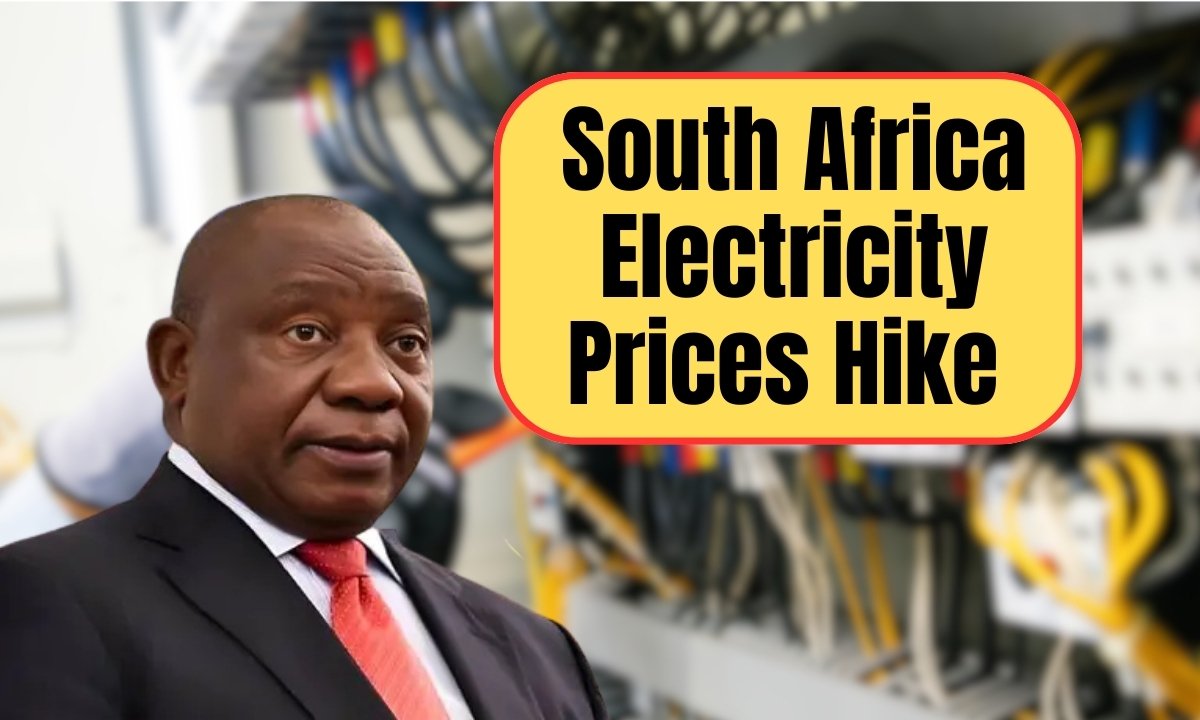South African consumers are being notified to expect quicker tariff escalations in 2026 and 2027 due to a significant error by NERSA, the National Energy Regulator of South Africa. The mistake, which emanated from erroneous data on depreciation and the Regulatory Asset Base (RAB), caused NERSA to underestimate Eskom’s revenue needs.
Initial Tariff Plan vs Revised Projections
Proposed increases under MYPD6 were 12.74% for 2025/26 and 5.36% and 6.19% for the following two years, which were all moderate. With Eskom flagging a revenue shortfall of R107 billion and pushing for a judicial review, NERSA then accepted a gap of R54 billion for the three years.
To resolve this, there’s a court settlement (awaiting official approval) that results in the following increased tariff hikes:
- 2026/27: 8.76% (a 3.40 percentage-point increase from 5.36%)
- 2027/28: 8.83% (a 2.64 percentage-point increase from 6.19%)
The rest of the shortfall will be recovered in the following regulatory price determination cycle.
The Effect on Consumers and the Macroeconomic Consequences
Even with the 2025/26 tariff increases being unchanged, families and enterprises will still feel the strain of future increases that will be more than the inflation rate—now projected to be near 3.5%, which is far lower than the 8.8% increases. These increases are likely to increase inflation, stretch consumer spending, and hamper the efforts of the South African Reserve Bank to meet the inflation goal of 3%.
Public Backlash and Justification from NERSA
The critics have a point, but blurred lines between strong regulation frameworks and public trust is what NERSA’s justification is protecting. According to them, to protect rule-based public trust, systemic failures must be less impactful, so slow tariff hikes are necessary to lessen immediate impacts, with the goal of financial support of Eskom.
What to Anticipate As a South African
- While tariffs remain stable for the year 2025/26, you should brace for increases in the years 2026 and 2027.
- The new increases of 8.76% and 8.83% signify a refinement on the previously understated revenue requirements.
- Households should brace for higher monthly electricity payments that may put a heavier squeeze on their finances.
- The issue calls for greater clarity and efficiency in the regulations that public energy authorities operate under.
Also Read: Big Relief For Seniors: SASSA Pension Increased To R4,500 + DA For 7.8 Million Beneficiaries
